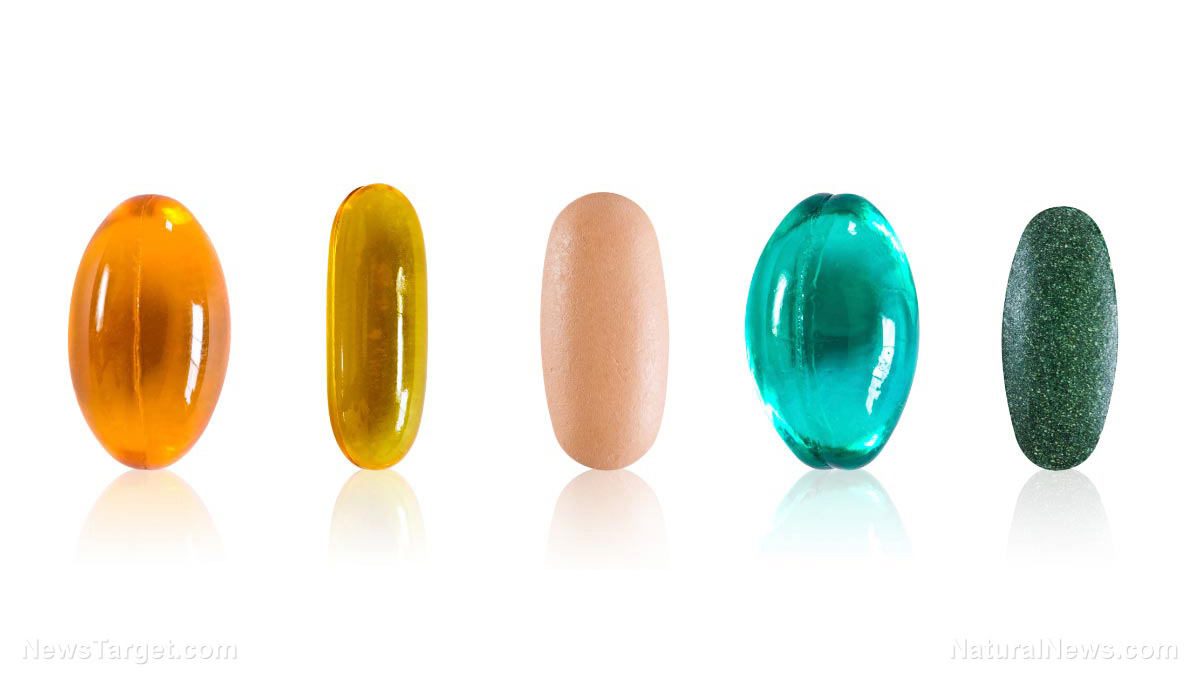Study: Sunscreen products block the production of vitamin D by 99%
08/03/2018 / By Tracey Watson

In recent decades, the mainstream media has spread such fear about skin cancer that most of us religiously lather ourselves in sunblock as soon as we hit the outdoors. While it is certainly true that it is important to take precautions to prevent the skin damage that can result in melanoma, it is equally important to ensure that we get sufficient exposure to the sun to ensure our bodies can produce the hormone vitamin D3.
This hormone is absolutely essential for the maintenance of healthy bones and teeth, insulin regulation, good cardiovascular health and a strong immune system, among other things. Low levels of vitamin D have been associated with an increased risk of cancer, Alzheimer’s disease, depression and other serious illnesses.
The results of a recent study by the American Osteopathic Association, which found that close to 1 billion of our planet’s inhabitants are deficient in vitamin D, are therefore truly alarming. The researchers found that this deficiency can be attributed to a lack of sun exposure, chronic disease and the use of sunblocks, which decrease vitamin D production by a staggering 99 percent.
The human body only produces vitamin D when skin is exposed to direct sunlight.
Too little sunshine + too much sunblock = serious health problems
Spending too much time indoors, locked into video games and electronic devices, in combination with too little time spent outdoors, is a serious contributor to the problem of low vitamin D levels. In addition, as noted at the outset, during the little time most of us do manage to spend outdoors, exposed skin is usually covered liberally with sunblock.
Compounding the problem is the fact that illnesses like Chron’s and celiac diseases further negatively impact the ability of some to metabolize vitamin D from food sources, making sunshine exposure even more important.
In addition, very few foods provide significant levels of vitamin D, meaning that maintaining adequate levels of this hormone through diet alone is virtually impossible. Complicating things even more, vitamin D needs to be synthesized in combination with other vitamins and minerals like magnesium to properly perform all of its functions in the body.
“People are spending less time outside and, when they do go out, they’re typically wearing sunscreen, which essentially nullifies the body’s ability to produce vitamin D,” noted Kim Pfotenhauer, D.O., a member of the research team who is an assistant professor at Touro University. “While we want people to protect themselves against skin cancer, there are healthy, moderate levels of unprotected sun exposure that can be very helpful in boosting vitamin D.” (Related: Study shows low vitamin D levels linked to increased risk of bladder cancer.)
Learn to recognize the signs of low vitamin D levels
In recognition of the importance of vitamin D, it is important to be able to recognize when someone in the family may be deficient. Some common signs of such a deficiency include:
Frequent bouts of illness: A study published in the Cambridge Journals found that a lack of vitamin D predisposes children to respiratory illnesses.
Muscle weakness: In order for skeletal muscles to function properly, their vitamin D receptors must be sustained by sufficient levels of this hormone. Sustained muscle weakness is therefore an indicator of a lack of vitamin D.
Asthma: Vitamin D reduces the severity and frequency of asthma attacks.
Periodontal disease: If you find you are struggling with constant bouts of gum disease, which causes swollen and bleeding gums, you may have low levels of vitamin D.
High blood pressure: A study by researchers from Harvard University found that the risk of hypertension was increased 67 percent in women with low vitamin D levels.
Fortunately, increasing vitamin D levels and reducing the risk of serious illness is as simple as getting out in the sunshine more often.
“You don’t need to go sunbathing at the beach to get the benefits,” said Dr. Pfotenhauer. “A simple walk with arms and legs exposed is enough for most people.”
Discover more news on vitamin D at VitaminD.news.
Sources include:
Tagged Under: cancer, cardiovascular health, natural remedies, nutrients, prevent disease, skin cancer, skin health, sunblock, sunscreen, sunshine, vitamin D, vitamins


















